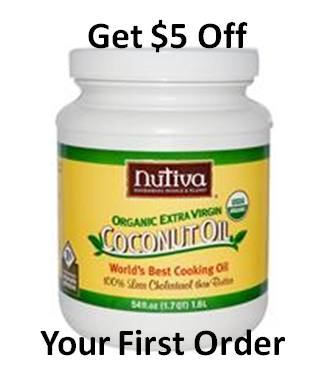Can Paleo Improve Your Skin?
I've read about so many people going onto a paleo diet and noticing significant improvements in their skin. With a few tweaks, eating this way seems to have helped a lot of people suffering from acne, eczema, spots, redness, blemishes and breakouts.

What causes skin problems?
Natural skin care
Eat more fat
Gelatin
Why Paleo Works So Well for Skin
Many people discover Paleo through a desire to lose weight or improve digestion, but are surprised to find that their skin improves dramatically too. This isn’t just coincidence — it’s a reflection of how deeply interconnected our diet is with every system in the body, including the skin.
When you remove inflammatory foods like sugar, gluten, dairy, and industrial seed oils — and replace them with nutrient-dense whole foods — you create an internal environment that’s far more conducive to skin healing. This isn’t just about avoiding triggers; it’s also about actively nourishing your skin from the inside out.
Key Nutrients for Clear, Healthy Skin
Paleo naturally includes many of the nutrients that support skin health:
- Vitamin A: Found in liver, eggs, and colourful vegetables. Essential for skin cell regeneration and repair.
- Vitamin C: Found in citrus, capsicum, broccoli and berries. Supports collagen production and immune function.
- Zinc: Found in red meat and seafood. Crucial for wound healing and inflammation control.
- Omega-3 fats: Found in fatty fish, pastured meat, and flax. These fats are anti-inflammatory and help calm redness and irritation.
- Collagen and gelatin: Present in bone broth. These help improve skin elasticity, hydration, and healing.
Because these nutrients are found in abundance on a Paleo diet — and consumed in the absence of gut-disrupting, inflammatory foods — your skin has the building blocks it needs to repair and thrive.
The Gut-Skin Connection
Skin is often a reflection of what’s going on in the gut. If your digestion is compromised or you’re struggling with issues like leaky gut or SIBO, it often shows up as acne, rosacea, eczema, or dull skin. This is one reason why many people see their skin improve after eliminating common gut irritants — including grains, legumes, and dairy.
Healing the gut takes time, but focusing on fermented foods (if tolerated), bone broth, and a variety of prebiotic vegetables can make a noticeable difference. Avoiding processed food and drinking plenty of water helps to support detoxification, another important factor in achieving radiant skin.
Balancing Hormones Through Diet
Many skin conditions, particularly adult acne, are hormone-driven. Insulin spikes, blood sugar swings, and excess estrogen can all wreak havoc on the complexion. Because the Paleo diet is naturally low in sugar and high in fat and protein, it supports stable blood sugar and hormone production.
Removing soy and other estrogen-mimicking foods can also help bring hormonal balance back to centre — especially for women who experience breakouts around their cycle. Getting enough sleep, reducing stress, and including daily movement can further support endocrine health and show positive changes in the skin.
Practical Paleo Skin Care Tips
In addition to dietary changes, here are some simple, effective skin care practices that align with Paleo principles:
- Switch to natural skin care products: Look for clean ingredients and avoid synthetic fragrances, parabens, and sulphates.
- Use oils like coconut, jojoba, or rosehip: These can be great moisturisers for sensitive or acne-prone skin.
- Dry brushing and gentle exfoliation: Help promote lymphatic drainage and remove dead skin cells without harsh chemicals.
- Sunshine and vitamin D: Safe sun exposure supports skin health and immune regulation.
Remember — your skin is an organ. What you put on it is just as important as what you put in your body. Many people find they can use far fewer products once they clean up their diet and reduce internal inflammation.
What to Expect When Transitioning
It’s not uncommon to experience a brief period of purging or breakouts when transitioning to Paleo. This can be due to detoxification or the body adjusting to a new hormonal or gut balance. Stick with it — most people see steady improvements after the first month, and dramatic differences over a few months of consistency.
Keep a photo journal or log to track your progress. Skin changes can be subtle at first, but over time, you’ll notice fewer breakouts, more even skin tone, reduced sensitivity, and a natural glow.
Final Thoughts
If you’ve been struggling with persistent skin issues and have tried every topical treatment without success, it may be time to look within. The Paleo lifestyle offers a comprehensive, natural way to restore balance and promote skin health through diet, gut healing, and supportive habits.
Your skin is a reflection of your overall health — and by treating it as such, you give yourself the best possible chance to glow from the inside out.
Have you experienced clearer skin since switching to Paleo? Share your experience in the comments — your story might be just what someone else needs to get started.


















